One of my favourite pastimes, you probably will not be surprised to hear, is visiting historic sites. Working in heritage, writing history books and running a history blog is apparently not enough of a history fix for me, so my weekends are often spent exploring more history! I am very lucky to live in the UK which has historic buildings round every corner, so sometimes it can actually be hard to choose where to visit. And so, I have decided to start a new series on the blog that will both inform, and help you if you are also looking for recommendations.
This series on historic houses will have posts split into two: the first part will tell you the history of the place, so you can learn more about interesting sites, even if you don’t intend on visiting. Then, at the end of the posts, I will do a little section with information about visiting, and how I found my time at the house, for those who want to see for themselves. So, without further ado, I give you the first fabulous house: Harvington Hall.
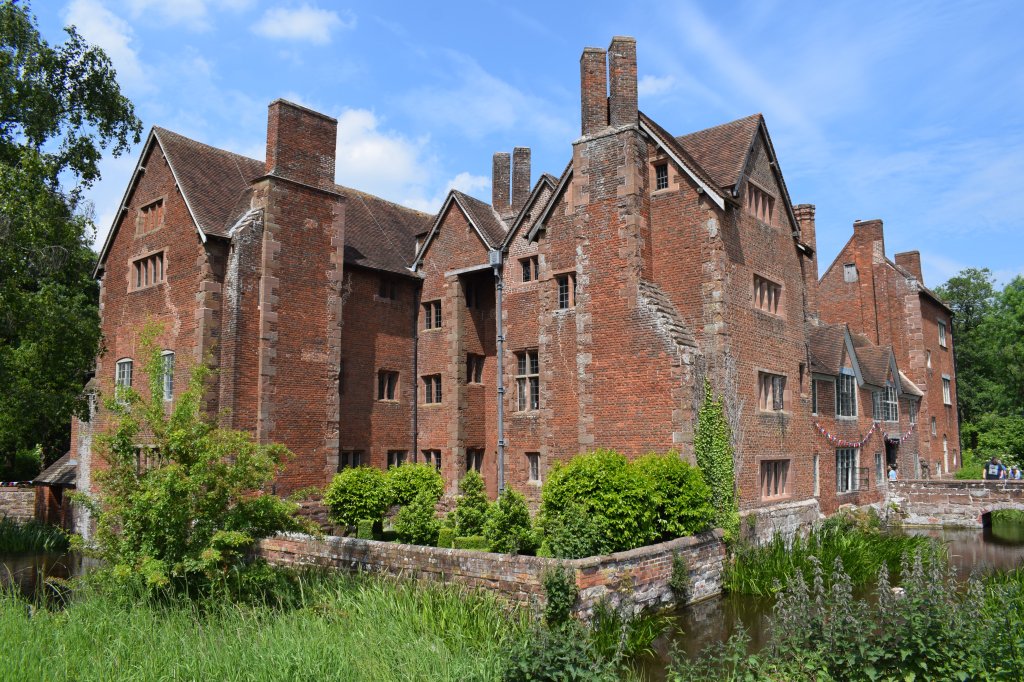
History of the Hall
During the first lockdown, way back in the distant past, I saw on my Twitter feed a recommendation to follow a brand new Twitter account for a place called Harvington Hall in Kidderminster. Intrigued, I clicked and was immediately taken with the stunning pictures of this little Tudor gem. As time went on, I looked forwards to each new post from them and so I had to put it on my visit list! Unfortunately, the Hall was several hours from where I lived, so it had to be put on hold. Then, in June this year, we were given a long bank holiday weekend to celebrate the Queen’s Platinum Jubilee. An extended weekend was a perfect chance to make the journey to the Hall! And boy was I not disappointed…
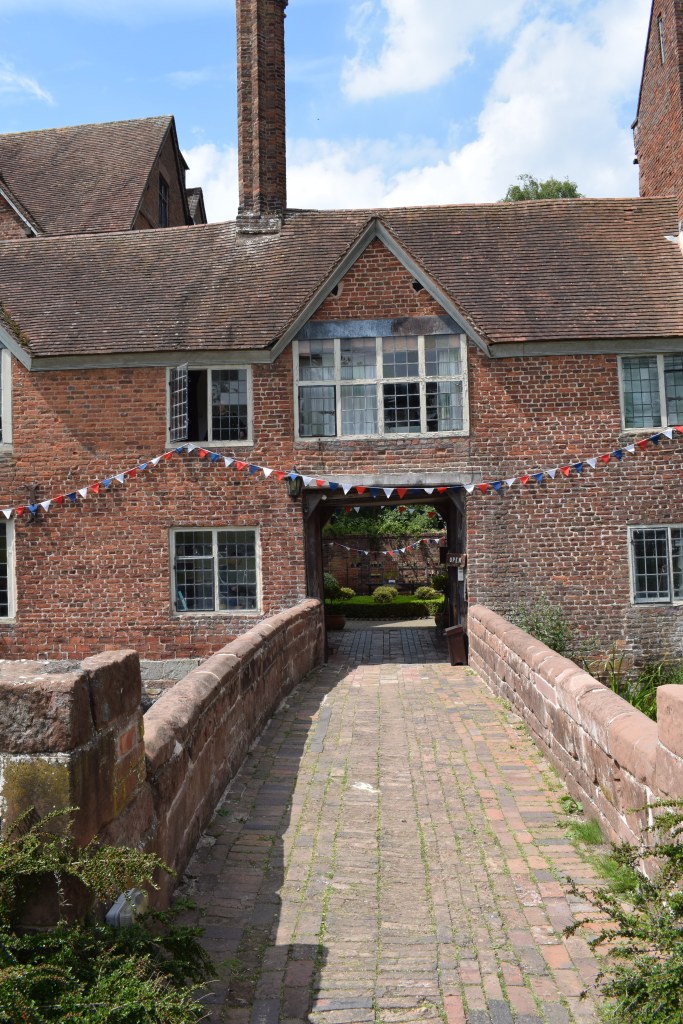
The origins of Harvington Hall are somewhat obscured, but the house sits on an artificial island surrounded by a moat which were made in the 13th century. Fragments of pottery from around 1200 have been found on the site, suggesting there has been a building on the site since at least this time. Whatever was originally there has not survived, but the oldest core of the Hall is a fourteenth-century timber building. The building passed through various hands across the centuries, but most importantly it was bought in 1529 by Sir John Pakington, a wealthy Tudor lawyer. The Pakington family would go on to transform the site amidst a backdrop of religious persecution.
John’s great-nephew was Humphrey Pakington (born 1555) and he inherited the site in 1578. Humphrey was a man of good standing who had connections to court, but he was also a Catholic. Over the previous few decades, England had swung between Catholicism and Protestantism through Henry VIII’s changes and the different religions of his three children who took the throne in turn. When Elizabeth I became queen in 1558, just three years after Humphrey was born, the country returned to Protestantism and it was to stay that way. Whilst Elizabeth’s rule did have a measure of leniency to those who remained Catholic (mostly towards those who were high-status enough to afford to pay the fines for not attending Protestant services), her government were very wary of Catholics who may be tempted to overthrow or kill their Protestant queen. From 1585, Catholic priests were not allowed in the country, and if they were caught they were usually tortured and executed.
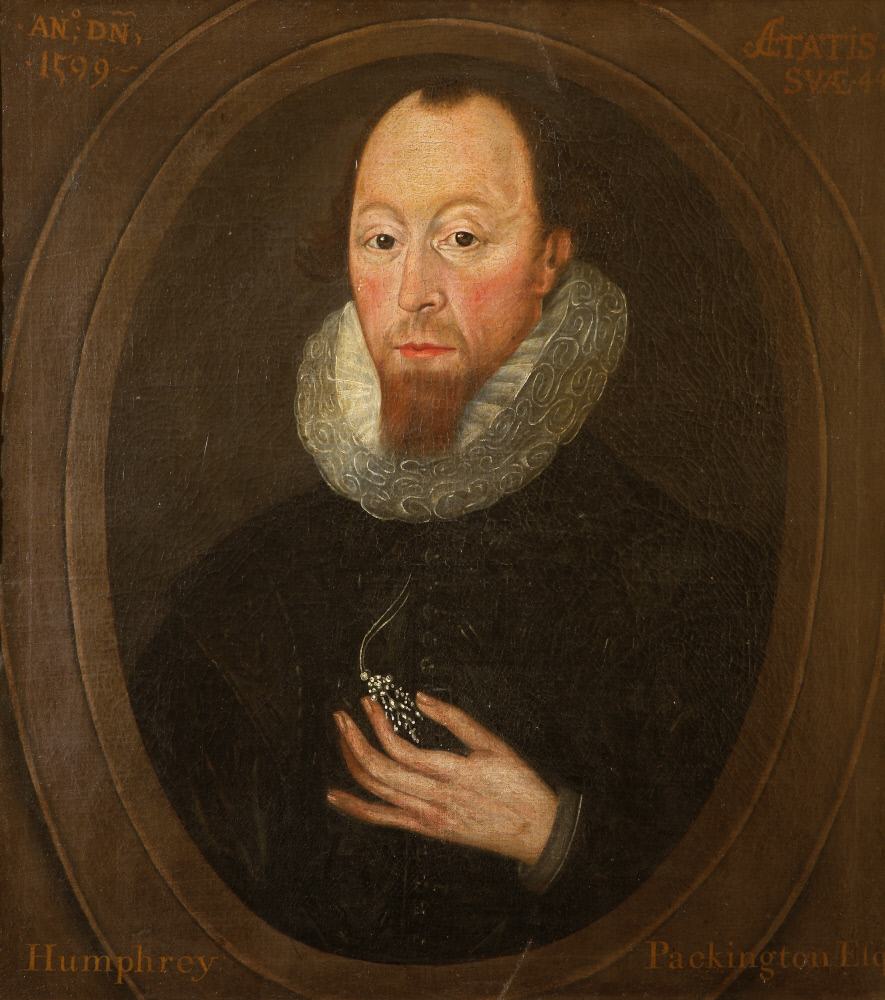
For wealthier members of the aristocracy, a system was devised to help them continue to worship as Catholics. Special architects were hired to create priest hides within their homes; secret tiny rooms where a Catholic priest could hide away if the new squads of priest hunters turned up to search the home. Humphrey Pakington had constructed a grand red brick Tudor building on the moated site he had inherited – Harvington Hall as we know it today. He now hired someone to insert some priest hides into his home as security. It is thought that one of the men he brought in was Nicholas Owen, considered the master of priest hides for his clever designs.
In total, seven priest hides were placed within Harvington Hall. One, probably the earliest, is a small space below a floorboard in the chapel, which was located on the top floor of the house to allow the greatest amount of time to hide the instruments of Mass were people to arrive to search the house. This space was intended just to hide the objects related to Catholic Mass. However, the rest of the hides in the house were large enough to hold a person, and were intended to shield priests from hunters for days on end. Scattered across the house, they can be found above the bread oven, beneath a corridor, inside a staircase and in the roof.
Pictures of some of the priest hides in the Hall. Photos my own.
Within a room known as the Marble Room there is a false fireplace which would allow a priest to clamber up inside to an opening into the attic, where he could then run across the beams and into one of two hides. The fireplace bricks were blackened with smoke to make it look like a working chimney. The most ingenious hide of all, though, can be found in the house’s library. The room looks unassuming: brick walls interspersed with wooden beams. It is a small room, and at one end there is a raised panelled area which was originally a cupboard used for storing books. But, press on a certain part of a beam up on the platform and suddenly it swings open, revealing a secret passage. From within, a bolt could secure the beam meaning that it would appear solid if someone knocked on it from outside.
This hide is considered one of the most impressive in the whole country. Whilst the other 6 hides in the house have been known about for centuries, knowledge of this hide was lost and it was only rediscovered in 1894 by accident. On the other side of the hide is one of the house’s staircases, which had another cupboard coming off it, slotting in between the staircase and the hide. One day, a boy was playing in this cupboard when part of the wall into the hide collapsed. Thinking he had destroyed the house, the hide was discovered once the debris was cleared.
The small library and priest hide. Photos my own.
The hides worked in tandem with a very confusing house layout. In a clearly organised house with neat lines of windows and fireplaces on the outside, it was very easy for priest hunters to discover priest hides. A missing window on the outside, or rooms that were smaller than the corridor outside could all give clues to the location of bricked up secret rooms. Harvington Hall got around this by having a plethora of windows scattered without meaning or pattern from the outside. Inside, there are few straight corridors, multiple staircases, and uneven floors. Each room coming off a corridor is often set on a slightly different level, meaning you are constantly stepping up and down. This allowed the clever hides like the one in the library to hide away without notice.

Enjoying this blog post? Buy me a hot chocolate!
Consider donating the cost of a hot chocolate to me, so I can continue to write and run Just History Posts.
£3.50
Though Humphrey Pakington created this impressive Tudor manor house and filled it with hides, the house was not actually used for very long. After his death in 1631, the estate was inherited by his daughter Mary and her husband. When Mary was widowed in 1659 she moved back in to Harvington Hall full-time until her death in 1696. Upon her death, her only heir was her granddaughter who was married to a gentleman in Warwickshire. She and her husband had estates enough of their own, and they left the Hall to its own devices. Around 1700, two sides of the building were demolished and the house was left to sit for centuries.
Examples of the wonky, uneven nature of the house. Photos my own.
Though this abandonment could have spelled the end for the Hall, in many ways it is fortunate for us today. Being left empty for centuries meant that the remainder of the Hall was left virtually untouched. As a result, a stunning collection of Tudor wall paintings survive across the house. In 1923, a woman named Ellen Ryan Ferris bought the house and gifted it to the Catholic Archdiocese of Birmingham. A few years later, vital restoration work began on the house: a photograph of the Hall from 1929 shows part of the roof and top floor had collapsed. The Hall is still run by the Diocese today and is open to visits. Work is continually being done to protect this incredible house and reveal more of its secrets – just recently, 3D scanners were brought in to map out the entire house. The House of Secrets is a real hidden gem.
Visiting the Hall
Nb: all information is correct at time of writing, but always check the website: www.harvingtonhall.co.uk
Harvington Hall is probably one of the best historic houses I have ever visited, and I can highly recommend a tour. It is clear that the people who work there are so passionate about the house, and the amount of information they give is fantastic. The house feels like a unique time capsule into the Tudor and Stuart period, largely unaltered by later Georgian architecture. The wall paintings are on a scale I haven’t seen before, and looking at all the priest hides was so evocative to a time of persecution and fear.
There is a little café on site, inside an old Malt House. There was a good selection of food and cakes which were all very tasty and reasonably priced. There is a lovely outdoor seating area in the grounds where you can eat (which was enjoyable in the summer sun) and a small shop. On site there is also a Georgian chapel and an early 19th-century church.
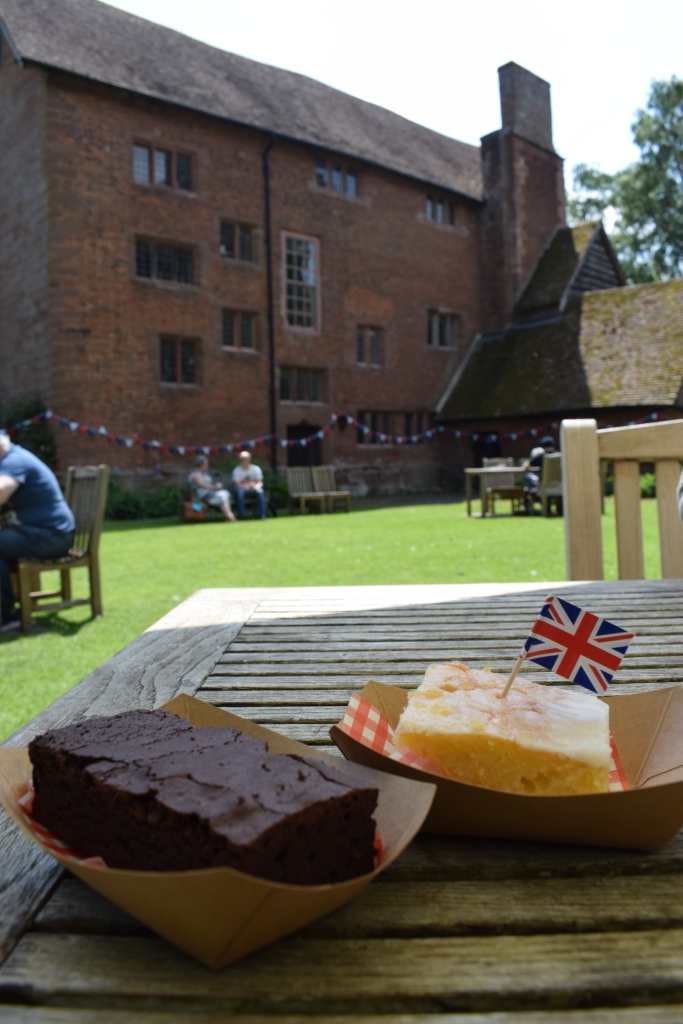
The Hall is open to the public Wednesdays to Sundays from February to October and Saturdays and Sundays from October to December. Most of the day the Hall runs guided tours that last roughly 1 hour 10 minutes, but over lunch time the Hall is open for free-flow visitors. Tickets cost £10 for adults, with concessions for seniors, children and families. There is free parking, but due to the nature of the house it is not very accessible to those who have trouble walking: wheelchair access is to the Hall ground floor and gardens only. There is a very good virtual tour on their website which you can see here.
Harvington Hall is certainly a place to visit if you are looking for a unique experience. From the Tudor wall paintings, to the original features, and the fact that it has more priest hides than any other house in England, there is plenty to make your day special. It was very much worth the wait.
Previous Blog Post: Did Gertrude Courtenay accuse Anne Boleyn of witchcraft?
You may like: Windsor Castle, Heart of the Monarchy
List of Blog Posts: here Blog Homepage: here
Buy my books via the pictures below! Or why not check out our shop?

Follow us:
Information from Harvington Hall’s guidebook, guided tour, and website.

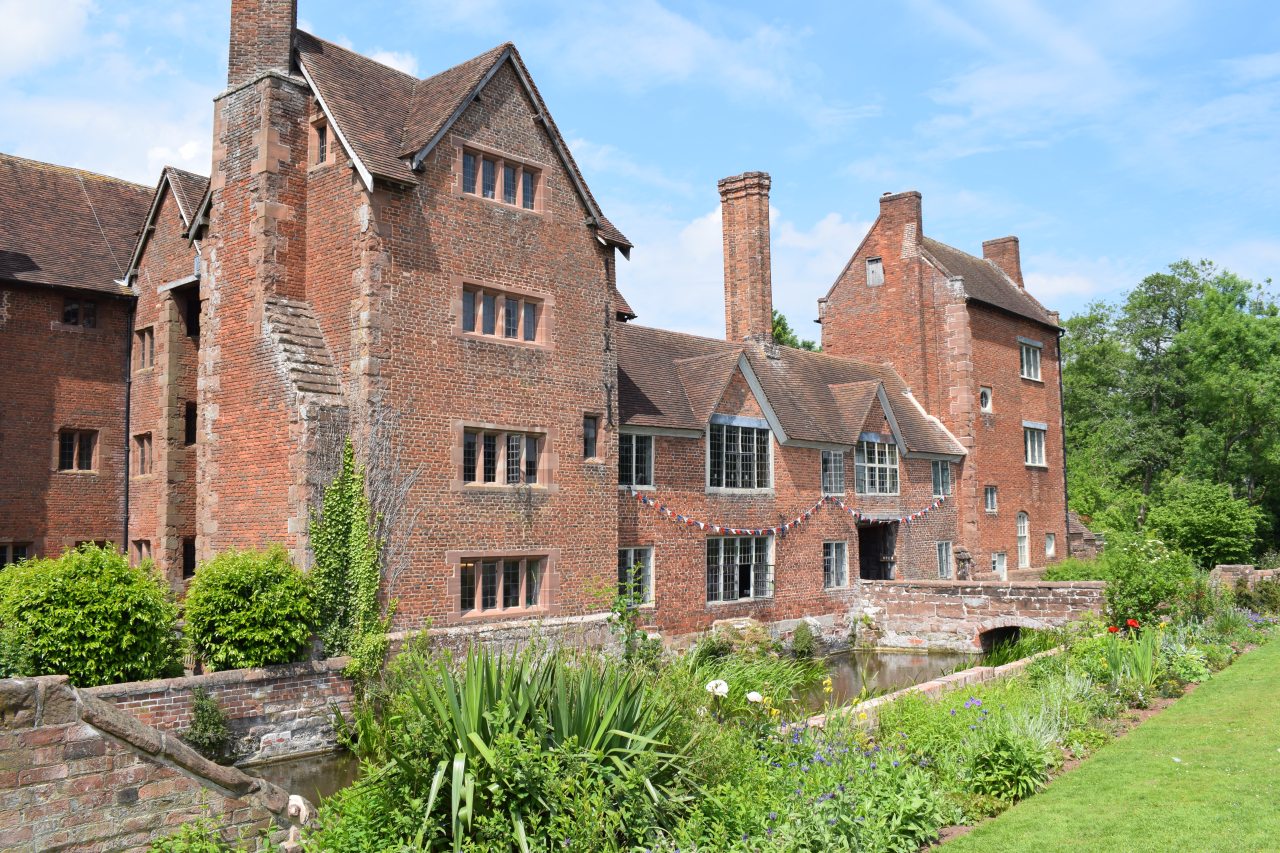
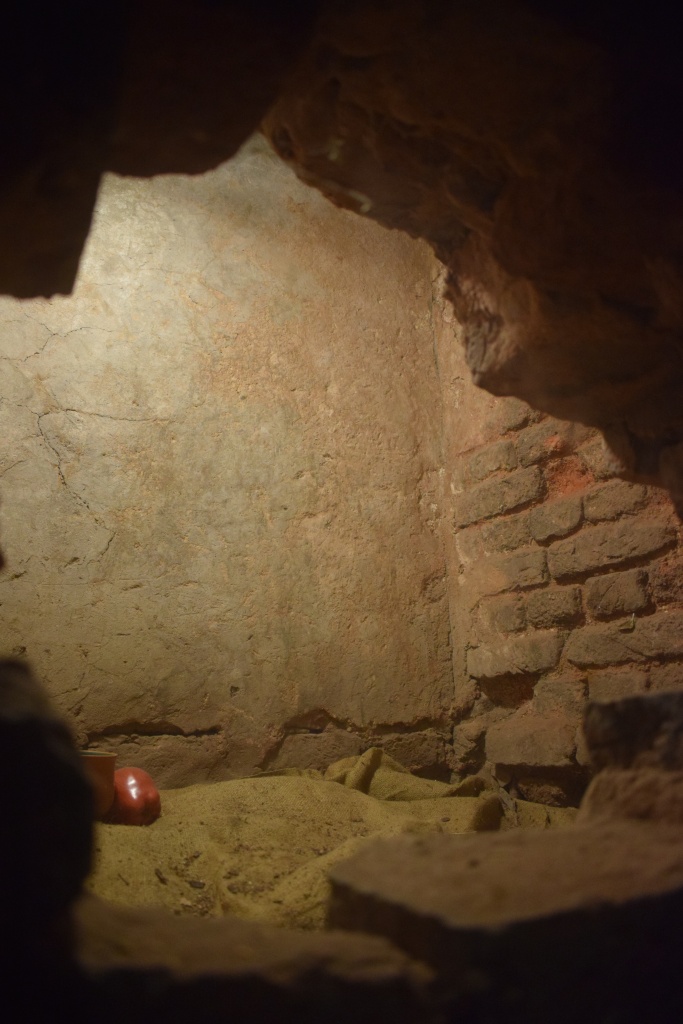
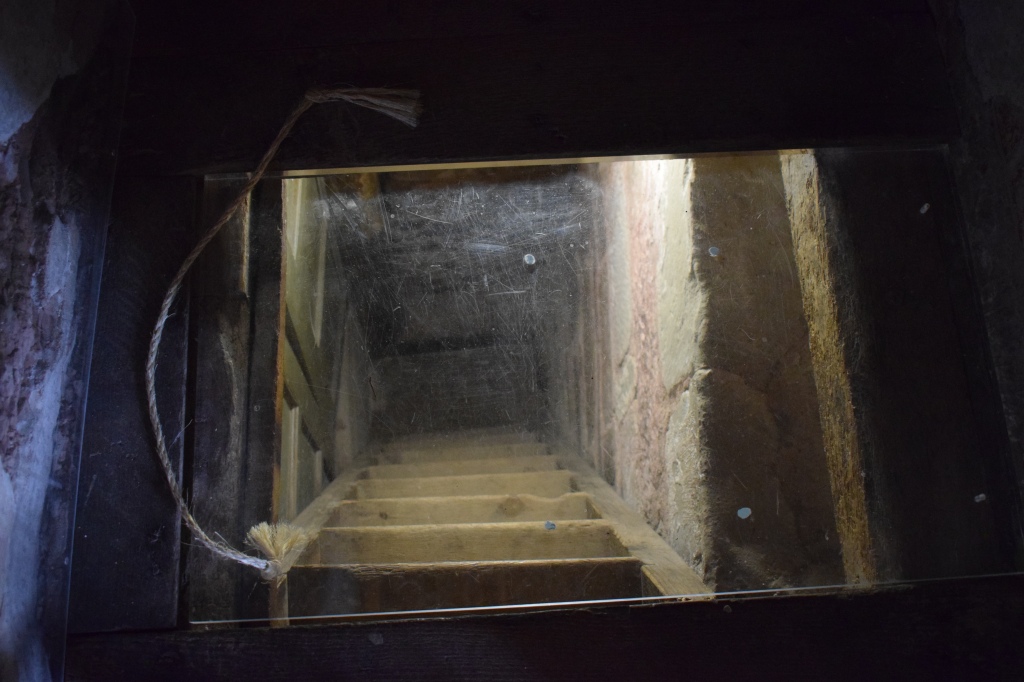
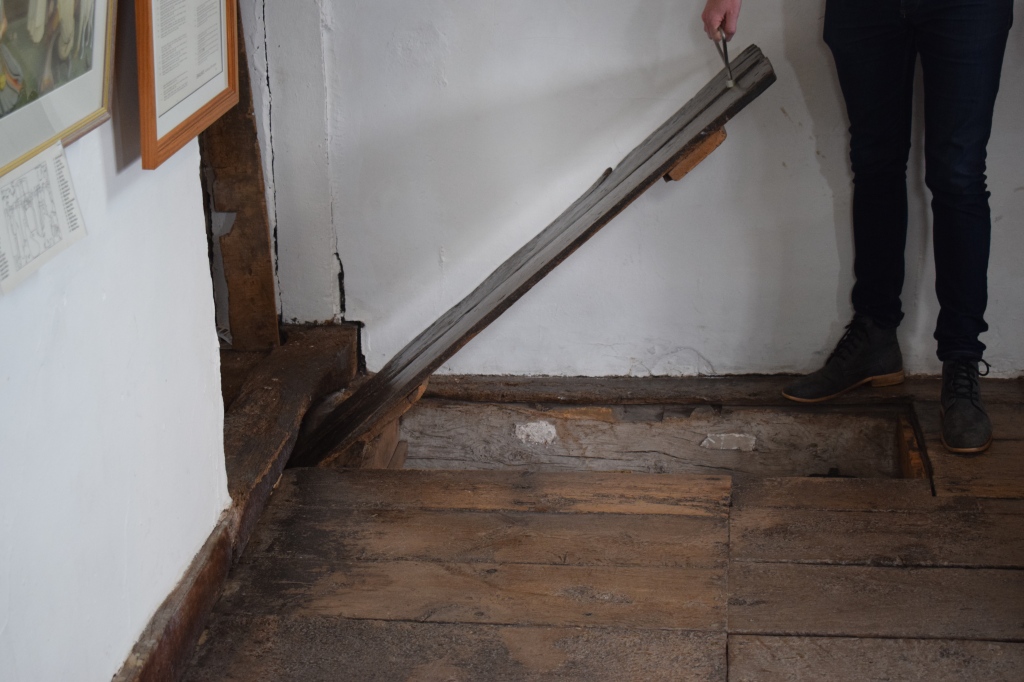
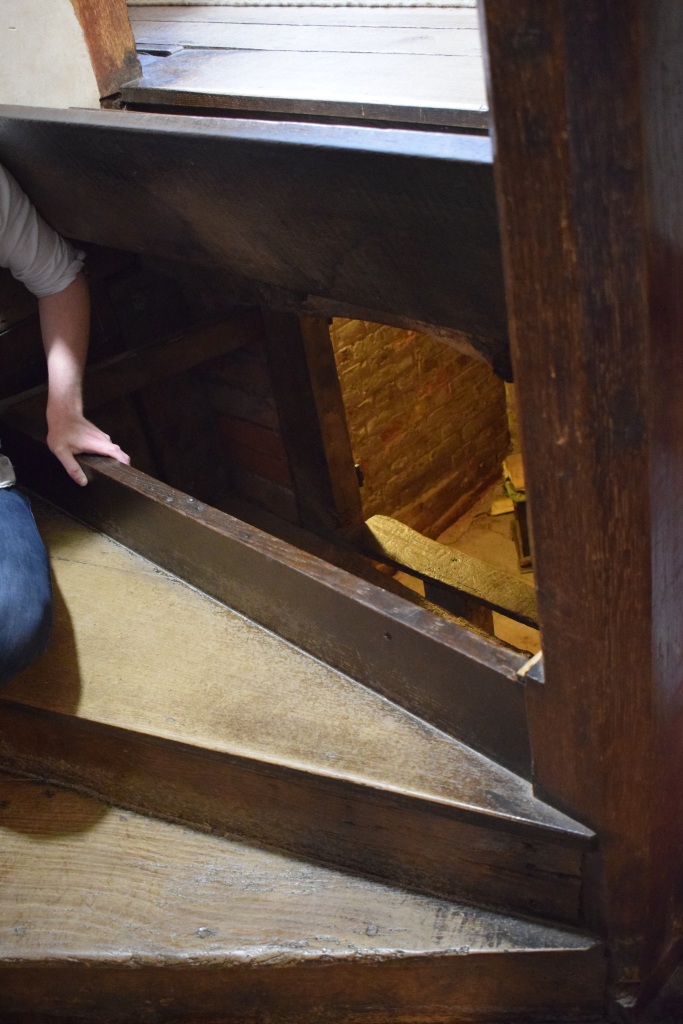
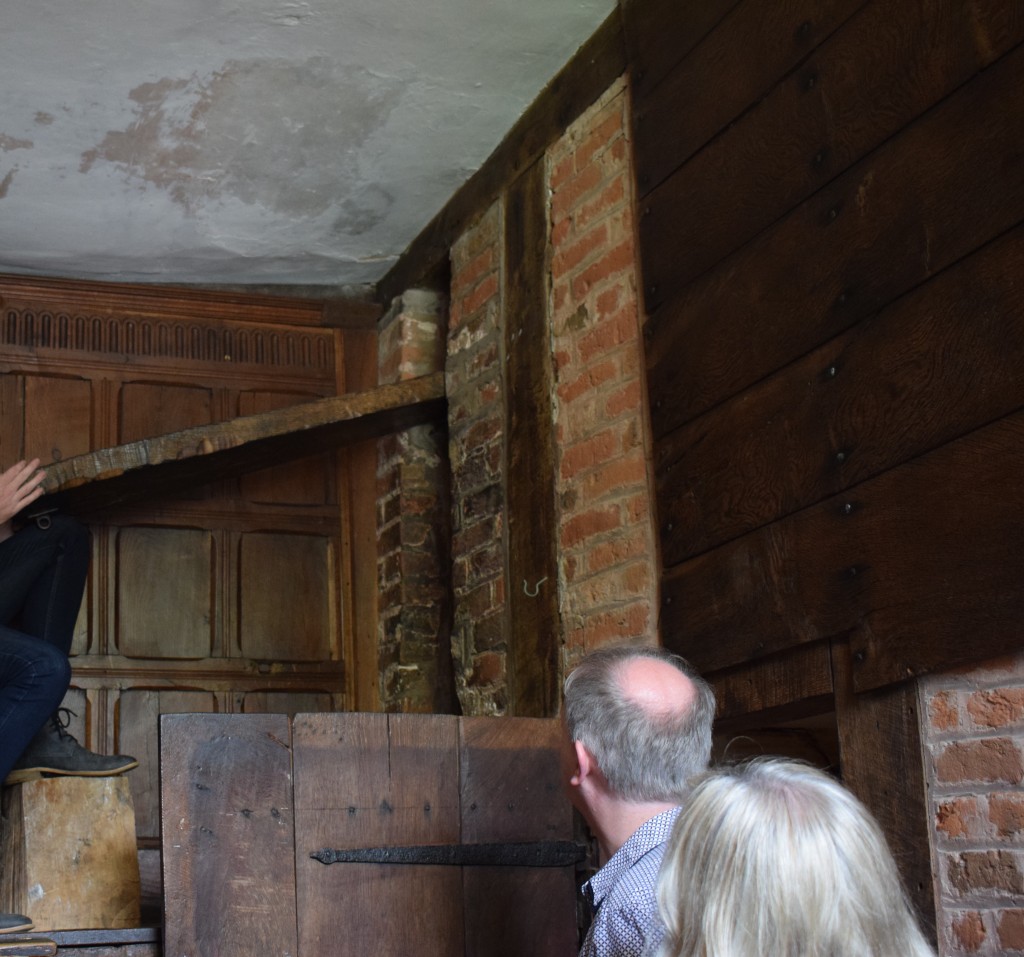

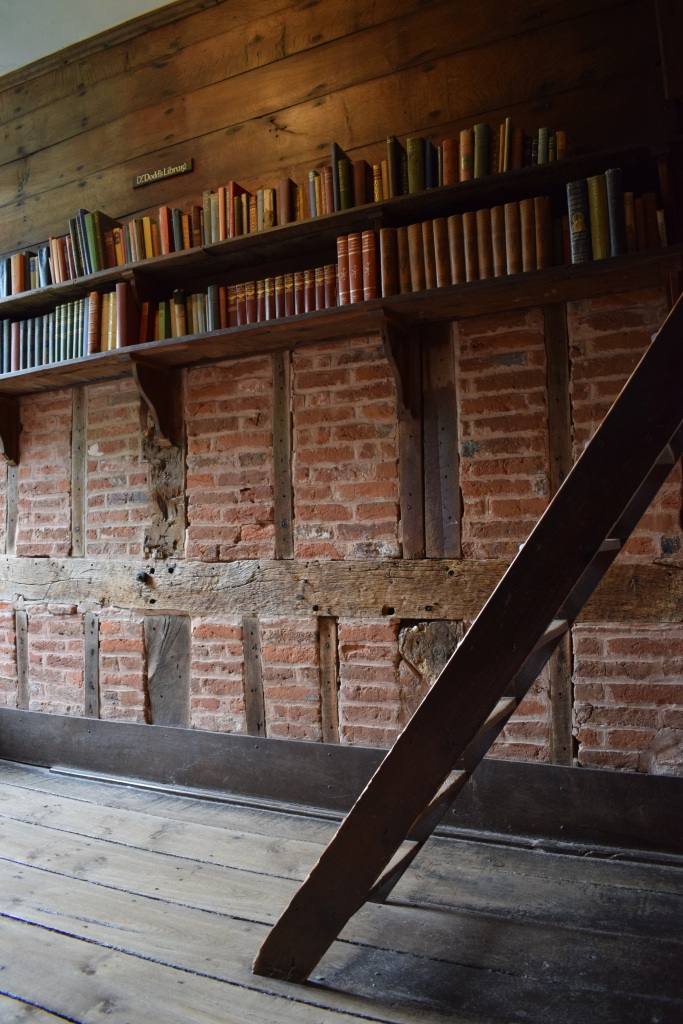
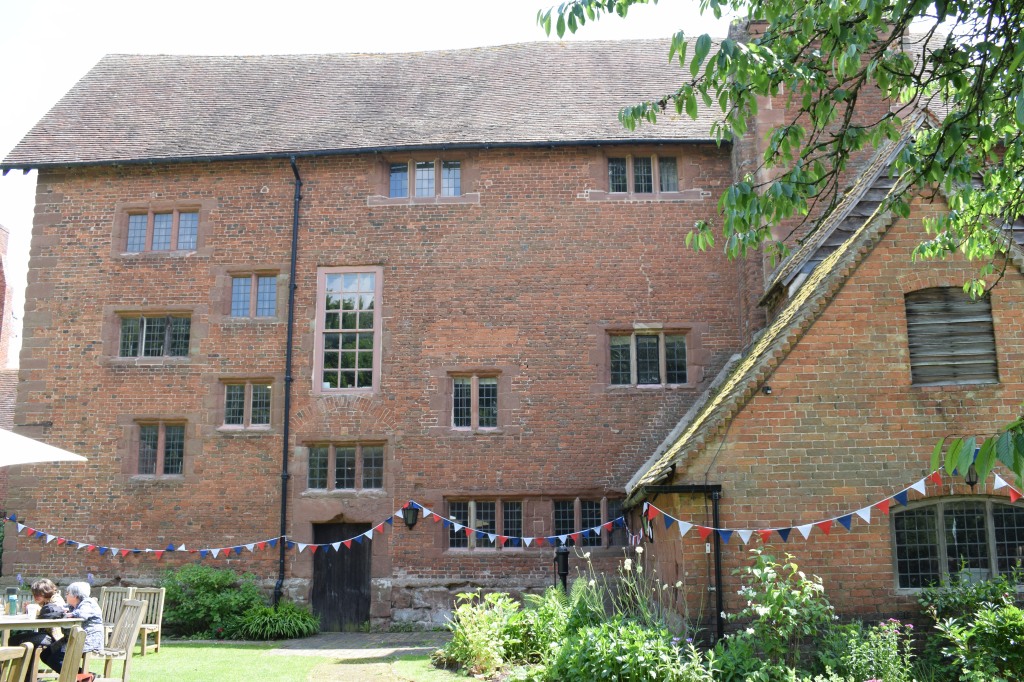
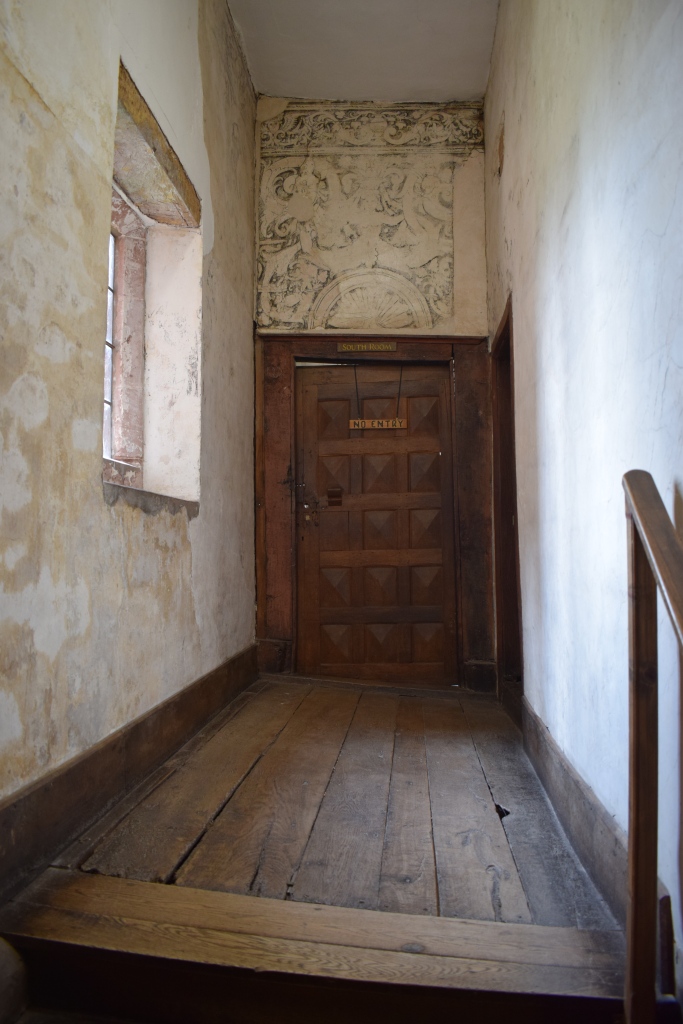
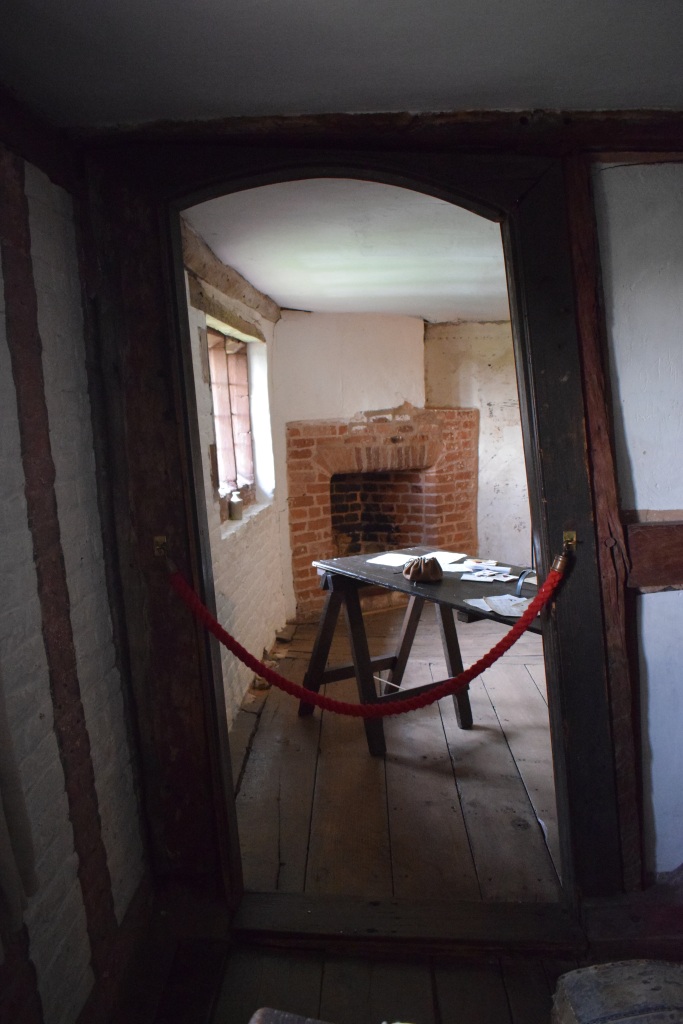

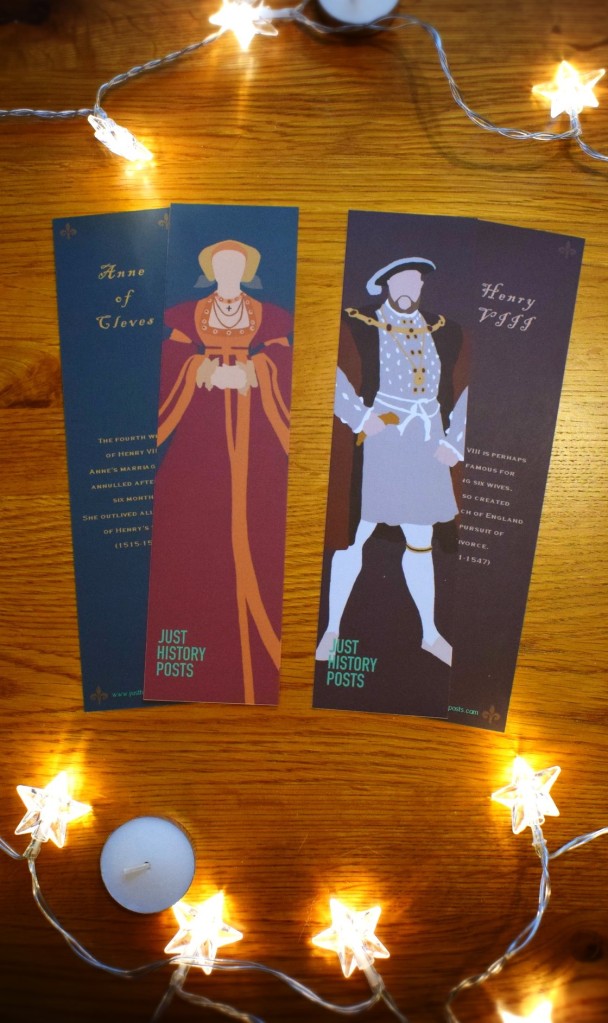


What a charming place! I love the higgedly-piggedly look of the Hall; I wonder if that very ‘oddness’ was enough to raise suspicion in the priest hunters?
LikeLiked by 1 person
Yes it could well have been! They did say that to their knowledge they never actually were targeted by priest hunters (Humphrey’s cousin was a regional JP or something and so probably had words to stop anyone searching it) so in a way all that work went to waste! But reassuring for them at the time I’m sure.
LikeLike
In the 1990s, I used to take groups of adults from Frankfurt to our partner city, Birmingham. One of our regular excursions was to Kidderminster, to ride the Severn Valley Railway.
LikeLiked by 1 person
Oh how lovely!
LikeLiked by 1 person
What a wonderful post on a fascinating subject. I was brought up in the North West of England and it felt like all old houses had a priest hole, so the subject has always fascinated me.
LikeLiked by 1 person
Thank you! Oh how lovely – any others you would recommend I visit?
LikeLike